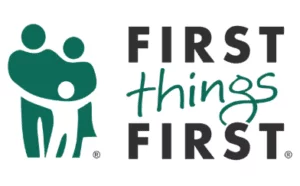Have you ever wondered why some adult children become distant from their parents? It’s a big issue, affecting 40% of adult children in the United States, according to a study by Cornell University. Surprisingly, it’s often the adult children who choose to end communication.
Digging into this issue, David Brooks, a respected writer for The New York Times, conducted research. He found that parenting styles change over time. What might seem normal to one generation might not feel right to the next. This shift is a major reason why families grow apart.
Karl Pillemer, another researcher from Cornell, explored this topic in his book Fault Lines. He discovered that adult children often point to things like strict rules, favoritism, divorce, and strained communication as reasons for the rift. However, parents may remember things differently, thinking everything was fine and blaming their children for exaggerating.
But don’t worry if you find yourself in this situation, there’s still hope. Whether you’re an adult child who feels their parents fell short or a parent who tried their best, you can mend things if you both want to.
Here are five steps you both adult children and their parents can take to improve the situation:
- Communicate Openly: Before discussing feelings, ensure everyone listens without interruption or judgment. It’s crucial to create a safe space where everyone can express themselves using “I” statements to avoid blaming.
- Apologize Sincerely: Both parents and adult children should apologize for any mistakes. Parents must genuinely express remorse, even if they didn’t intend to cause harm. Adult children should try to understand their parents’ perspectives.
- Forgive and Let Go: Forgiveness doesn’t mean forgetting, but it involves releasing negative feelings. Both parties need to forgive and ask for forgiveness to move forward.
- Rebuild Trust and Set Boundaries: Trust takes time to rebuild. Establish clear rules for how to treat each other, respecting personal space and feelings.
- Foster Empathy and Understanding: Recognize that everyone has their own perspective. Even if you were a good parent, your adult child might still choose to distance themselves. It’s crucial to listen and understand each other’s viewpoints.
If we don’t try to understand, more families might drift apart. Let’s focus on listening, apologizing, and rebuilding relationships to keep families close.

